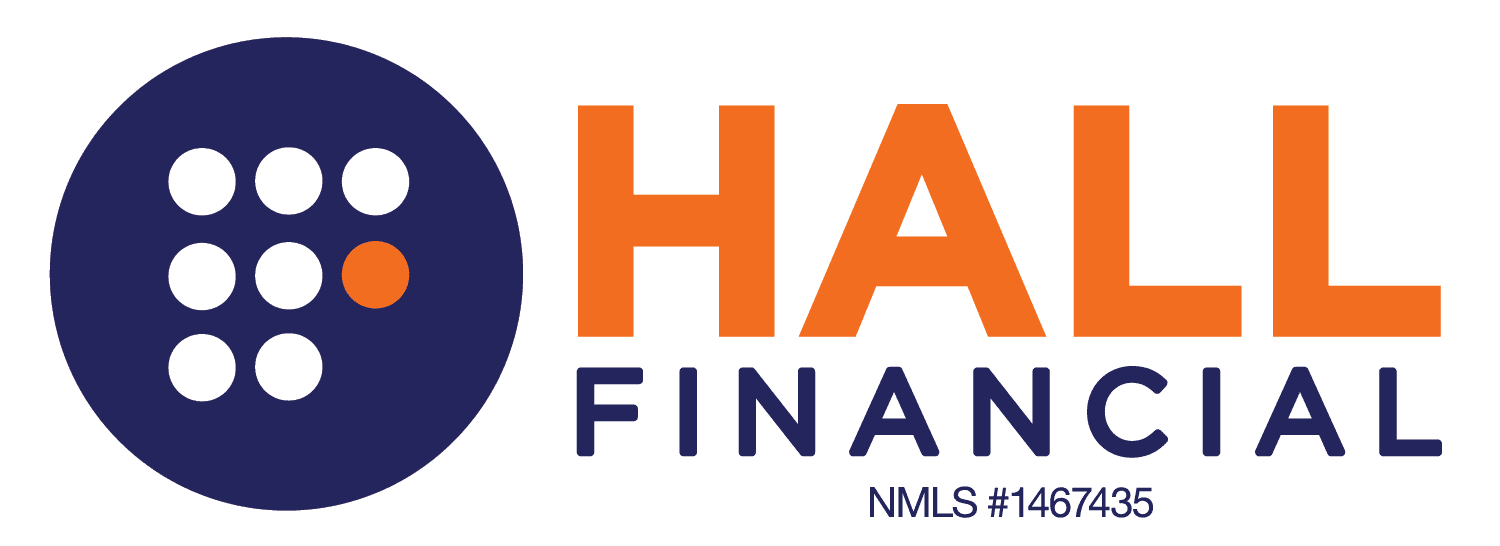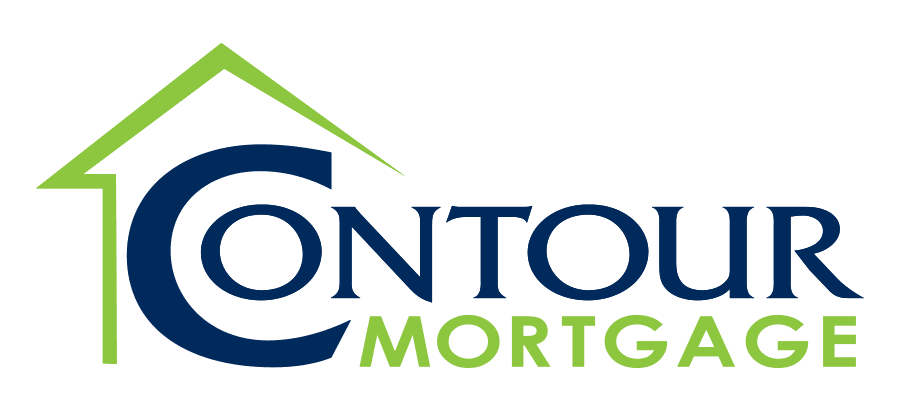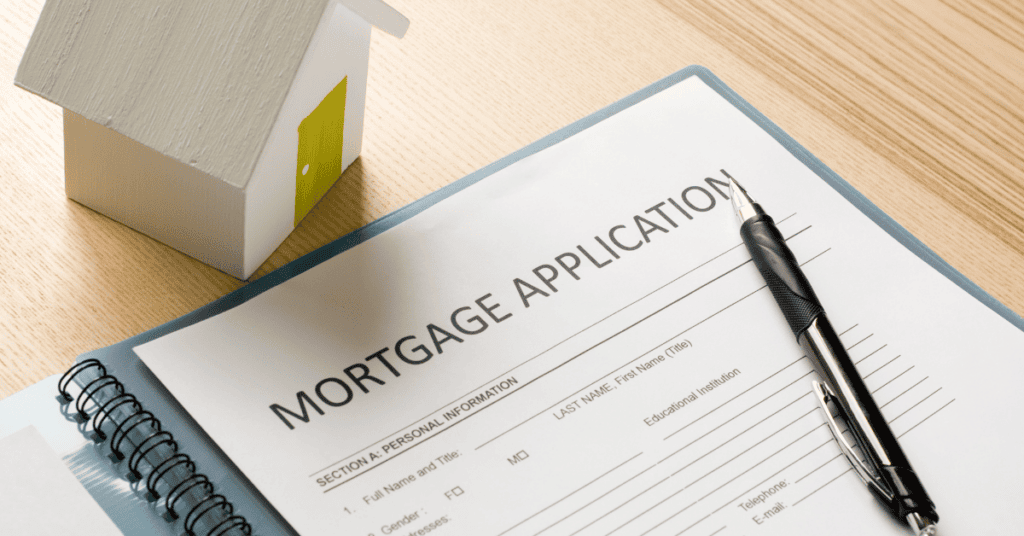Your Best Mortgage Options — Instantly
- Get matched with vetted mortgage lenders in minutes
- Save time with one simple form — no need to shop dozens of sites
- No credit impact. No sales pressure. Just the best fit for your goals
As of November 25, 2024, several significant updates have been implemented in mortgage amounts and loan requirements, reflecting the evolving dynamics of the housing market. These changes, effective from January 1, 2024, are designed to accommodate rising property values and provide more flexibility for borrowers.




The Federal Housing Administration (FHA) has revised its loan limits to align with the current real estate landscape. For single-family homes, the nationwide “floor” limit is set at $498,257, applicable to low-cost areas, while the “ceiling” limit for high-cost areas is $1,149,825. (HUD) These adjustments aim to make homeownership more accessible across diverse markets.
In addition to these general limits, the FHA has special exception loan limits for certain regions. These include Alaska, Hawaii, Guam, and the U.S. Virgin Islands, where the cap for single-family home loans reaches $1,724,725. This ensures that even in areas where housing costs are exceptionally high, prospective homeowners have viable financing options.
These increased limits mean more potential buyers can take advantage of FHA loan programs. Benefits such as lower down payments, reduced cash-to-close requirements, and the ability to combine purchase and renovation costs make these loans particularly appealing.
By expanding these limits, the FHA supports a broader range of buyers looking to enter the housing market, offering flexibility and financial accessibility to meet diverse needs.
A conforming loan is a type of mortgage that aligns with the guidelines set by major financial institutions, namely Fannie Mae and Freddie Mac. These two entities establish the criteria that determine whether a loan is considered “conforming.”
Opting for a conforming loan can be beneficial due to its generally lower cost compared to other types of mortgages. Additionally, adhering to the established guidelines increases the likelihood of approval for borrowers who meet the necessary credit and income requirements.
An FHA loan is a type of mortgage that’s insured by the Federal Housing Administration, making it a popular choice for homebuyers with less-than-perfect credit or those who don’t have a large down payment saved up. These loans offer several key benefits that make homeownership more accessible.
In summary, FHA loans provide a pathway to homeownership for many who might otherwise face barriers in the traditional mortgage market, offering flexible terms that can suit various financial situations.
When it comes to home loans, many potential buyers wonder if FHA and conventional loan limits are the same. The answer is no, they are not.
The difference in loan limits reflects the target audience and purpose of each loan type. While conventional loans focus on those with stable financial backgrounds, FHA loans aim to make homeownership accessible to more individuals, especially first-time buyers or those with less-than-perfect credit.
In summary, both FHA and conventional loans offer paths to homeownership, but they cater to different needs and financial situations, reflected in their distinct loan limits.
Refinancing your home can be a strategic move to reduce interest rates and lower monthly payments. FHA Streamline and Cash-Out Refinancing each offer unique benefits and processes designed to suit different borrower needs. Let’s dive into how each of these refinancing options works.
FHA Streamline Refinancing is an efficient way to replace your existing FHA loan with a new one at reduced rates. Here are the key features that set it apart:
Designed for homeowners with an existing FHA loan, the streamline process aims to simplify refinancing while offering the benefits of lower payments and interest rates.
Cash-Out Refinancing provides homeowners with an option to leverage their home equity:
Cash-Out Refinancing is ideal for those looking to tap into their home equity for financial flexibility. Both processes can vary based on local county limits, so it’s important to consult with a qualified mortgage advisor to understand what applies to your specific situation.
By understanding these options, you can make an informed decision on which refinancing method best aligns with your financial goals and needs.
When considering an FHA streamline refinance, it’s important to know the potential limits on how much you can borrow. These limits are influenced by the type of refinance option you choose, as well as specific county regulations.
These caps are designed to ensure that the refinance is beneficial without over-leveraging your property’s value.
The FHA has updated its policies regarding borrowers with past bankruptcies and foreclosures:
These measures offer a pathway to homeownership for individuals who have faced financial hardships, emphasizing the importance of credit rehabilitation.
The FHA maintains flexible credit score requirements to assist a broader range of borrowers:
It’s important to note that while the FHA sets these minimums, individual lenders may impose higher credit score requirements based on their risk assessments.
The FHA has refined its approach to calculating DTI ratios, particularly concerning student loans:
These adjustments ensure a more accurate assessment of a borrower’s financial obligations.
The 2024 updates to FHA loan limits and underwriting guidelines reflect a commitment to accommodating the current economic environment and housing market trends. Prospective borrowers should stay informed about these changes and consult with qualified mortgage professionals to navigate the updated requirements effectively.
Our advice is based on experience in the mortgage industry and we are dedicated to helping you achieve your goal of owning a home. We may receive compensation from partner banks when you view mortgage rates listed on our website.


